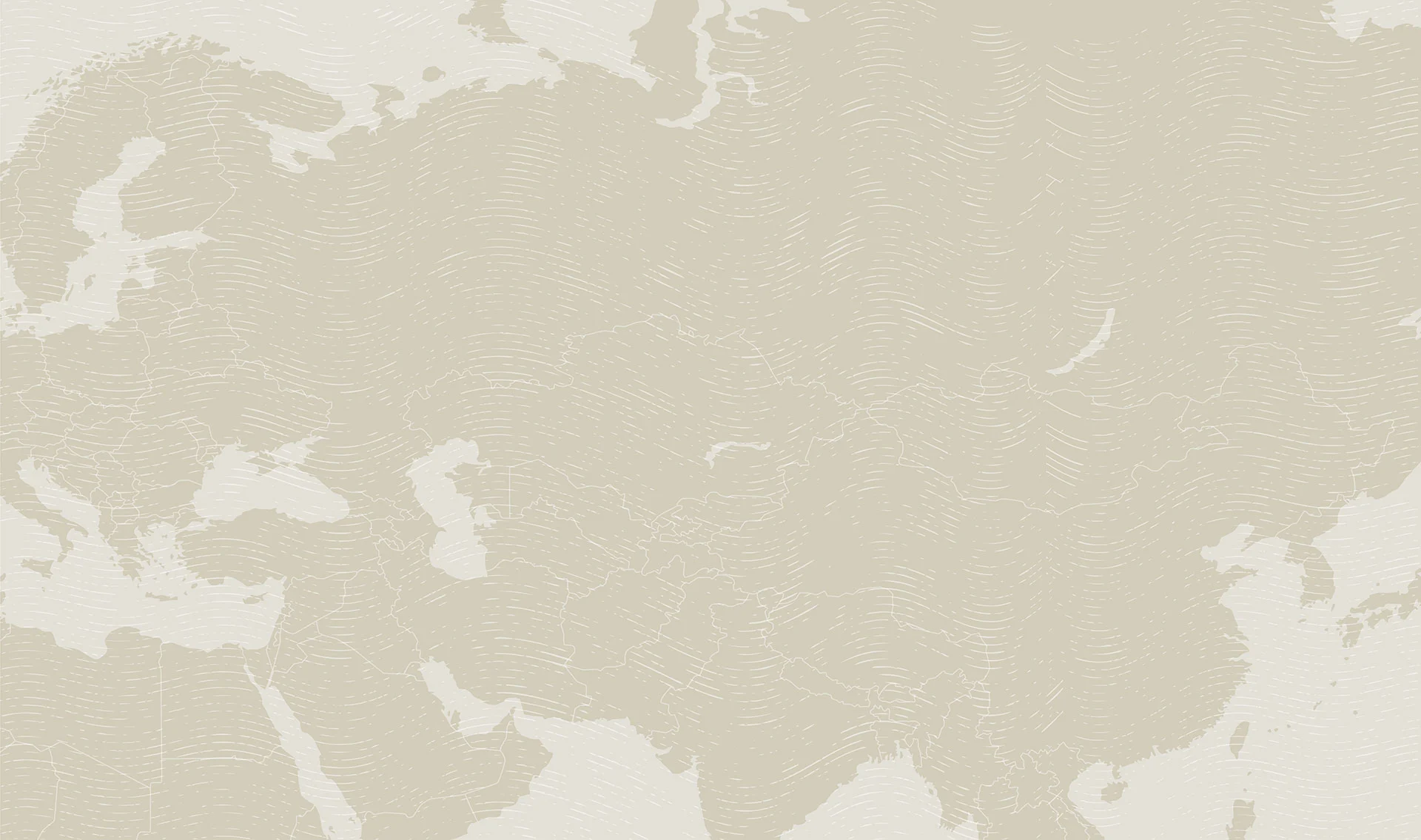Photo credit: Martin Klimenta
Top 5 Reasons to Love the South Caucasus

The South Caucasus countries of Georgia, Armenia, and Azerbaijan are neighbors in the porous region between Europe and Asia. Located between the Black and Caspian Seas, the region plays host to dozens of languages, religions, musical styles and landscapes. These three countries are working hard to make a name for themselves among travelers, and MIR has been singing their praises for decades now.

Here are five reasons why we think you should, too:
1. The wine
All three of the South Caucasus countries produce their own wine, but Georgian wine is by far the most famous. Wine tourism is nothing new, but what Georgia brings to the table are wines made by an unusual and ancient method of production called qvevri.

Named for the large clay vessel in which the wines are fermented, qvevri wine-making involves fermenting the grapes in the vessel, which is buried in the ground and remains there during the entire process. When the wine is ready, it is drawn out with a long-handled ladle. Qvevri vessels are very much a part of Georgian culture and the larger ones can hold more than 4,000 bottles of wine!
(click image to view larger photo)
2. The food
The mix of influences prevalent in the South Caucasus region is most evident on the plate. From the Russian-style salads that grace tables throughout the region to the kebabs and use of pomegranates, right down to the love of baklava and Turkish-style coffee, the South Caucasus “melting pot” is often the same one that’s used for cooking.
(click image to view larger photo)
3. The culture
The South Caucasus is located at the crossroads of Turkey and Russia, and each of these larger neighbors has held sway over the region in turn throughout history. Though Azerbaijan, Georgia, and Armenia are independent countries today, the Ottoman, Persian and Russian/Soviet influences of the past persist today in the linguistic, religious and culinary traditions of the South Caucasus.

4. The capital cities
Modern Baku (Azerbaijan) is a bustling, dynamic and quickly modernizing city that still retains the historic beauty of its UNESCO-listed Old City. Bohemian Tbilisi (Georgia) also has a beautiful Old Town with architectural, cultural and culinary delights around every twist and turn, not to mention a fascinating array of contemporary buildings that add contrast to the Tbilisi skyline. And Yerevan (Armenia)…vibrant, walkable Yerevan! The current layout of Armenia’s capital was designed by architect Alexander Tamanian in the 1920s. Modern Yerevan, envisioned by Tamanian, is pleasant, logical and easy to navigate.

(click image to view larger photo)
5. The natural beauty
For such a small region, the South Caucasus offers a staggering amount of geographic and climatic variety. Boasting shorelines on both the Black and Caspian Seas, the region also features high mountains with peaks topping 16,000 feet, lush valleys where grapes, melons and all kinds of vegetables are grown, and a rocky semi-desert region.
(click image to view larger photo)

Travel to the South Caucasus with MIR
MIR has more than 30 years of unmatched destination expertise and travel planning experience, hand-crafting tours to the South Caucasus since 1986.
Fall in love with this part of the world on MIR’s small group tours to the South Caucasus.
Or, opt to travel on your dates and at your pace on one of MIR’s private flexible independent trips or on a private journey, customized to your desired dates and style.
Chat with one of our destination specialists today!

































